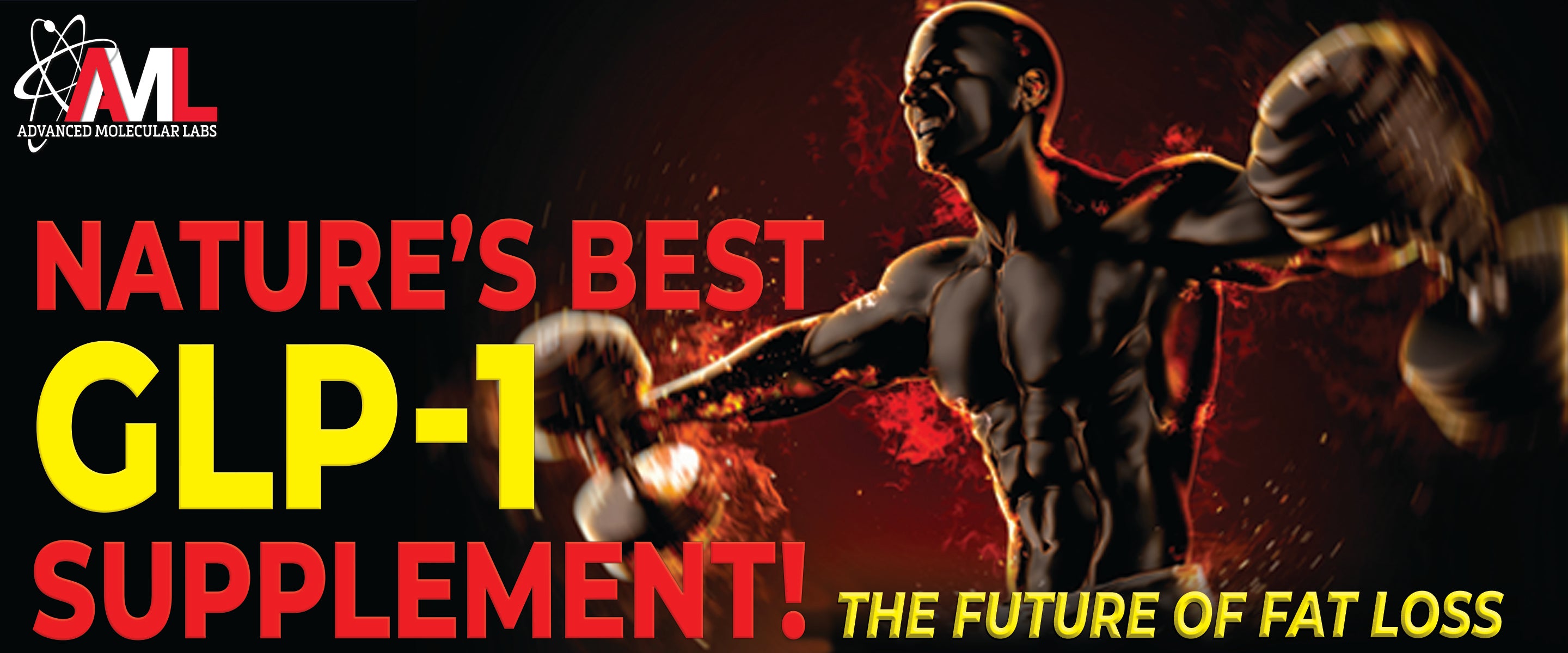


Dopamine Release Breakthrough! The Switch That Can Enhance Motivation & Make You Smarter
By Robert Schinetsky
Dopamine was first shown to be a neurotransmitter in 1957 by Swedish scientist, Dr. Arvid Carlsson.1 He also developed a test to measure dopamine in the brain and later showed that dopamine’s direct precursor, L-DOPA, was effective for treating symptoms of Parkinson’s disease.1
For his work, Dr. Carlsson was awarded the Nobel Prize for Medicine/Physiology in 2000. In the decades since, researchers have continued to investigate dopamine and gain greater insight into the numerous ways it impacts human physiology.
Not only does dopamine play a key role in reward (for which the neurotransmitter is most well-known), it also significantly impacts motivation. In fact, researchers recognize that levels of the neurotransmitter increase when an individual expects a favorable result and decrease when results fall short of expectations.
But that’s not all – subsequent studies have found that dopamine also impacts a litany of other physiological functions, including:2
- Motivation
- Mood
- Attention
- Learning
- Creativity
- Cognitive enhancement
To support these various biological functions, the brain releases dopamine in two differing patterns: – “tonic” and “phasic.”
- Tonic: a slow, constant release
- Phasic: a rapid, high-concentration release
The different release patterns regulate the brain in different ways which allow it to perform specific functions.1
In the 1990s, researchers noted that phasic dopamine bursts encode “reward-prediction errors (RPEs),” which is the discrepancy between the reward obtained by an individual’s efforts and what he/she expected to earn for the effort put forth.3,4
Based on these findings, researchers believed this further cemented dopamine’s role in learning. As research has continued over the years, new ways in which dopamine affects the body have been explored, many of these we’ve discussed previously in our Articles section.
Recently, a study published in Science Advances discovered neurons in the brain that increase dopamine immediately following disappointment, which is evidence of a coping mechanism.5 Researchers from Kyoto University trained rats to seek out “sweet” water. Even when the rats failed to obtain their desired reward, they were able to switch their behavior to the subsequent reward acquisition afterward.
Researchers concluded that dopamine not only is responsible for feelings of reward, but it can also impact self-motivation. And put forth the concept of an “anti-RPE” type neuron that supports the behavioral switching to pursue a reward after the moment of an unexpected non-reward (disappointment). As mentioned above, RPE-type neurons operate anticipated reward vs. obtained reward, which supports negative learning (e.g., you thought you would hit 10 reps on your set of bench press, but only hit 9. Next workout, you “learned” that you need to push harder next workout to hit those 10 reps).
Continuing this analogy, the “anti-RPE” type neurons release dopamine that motivates you to keep eating right and training hard so that by the next workout, you’ll hit your expected goal of 10 reps.
Speaking with Medical Xpress, corresponding author, Masaaki Ogawa at Kyoto University, said of the study’s findings, “Every day, we strive to achieve goals but are often met with failure and disappointment. Fortunately, thanks to dopamine, our brain can cope with such setbacks. Conventionally, we associate dopamine with self-reward, but our results suggest that its other function is self-motivation.”6
Another recent study, also published in Science Advances, identified two ion channel switches (Kv4.3 and BKCa1.1) that regulate the brain’s release of dopamine. When the researchers removed the channel that controls tonic activity, it drove the mice into a hypertonic flow, which subsequently led to a heightened motivational state. In this motivated state, once the rats learned a task, they were more motivated to re-try it, and performed the tasks (maze tests, level pressing, etc.) more quickly.7,8
When researchers removed the channel that controls phasic activity, it increased the temporary high levels of dopamine in response to specific events and subsequently caused the rats to learn significantly quicker.7,8
Researchers hope to use these findings in the development of various therapeutics to combat various conditions and disorders for which there are few (if any) effective options.
Takeaway
The powers of dopamine never cease to amaze, and researchers continue to investigate not only how dopamine affects daily living and lifespan, but also the specific ways in which the all-powerful neurotransmitter exerts these actions.
In order to support healthy dopamine production, several key nutrients are required, including vitamin B12, folate, L-Dopa, and tyrosine. †
These same ingredients can be found in AML Dopa Rush Cocktail!
Dopa Rush Cocktail® is a natural, research-backed supplement developed by Advanced Molecular Labs (AML) that provides the key building blocks needed to support dopamine, boost motivation, enhance creativity, and power athletic performance. †
†These statements have not been evaluated by the Food and Drug administration. This product is not intended to diagnose, treat, cure, or prevent any disease.
© Published by Advanced Research Media, Inc. 2023
© Reprinted with permission from Advanced Research Media, Inc.
References:
- Yeragani VK, Tancer M, Chokka P, Baker GB. Arvid Carlsson, and the story of dopamine. Indian J Psychiatry. 2010 Jan;52(1):87-8. doi: 10.4103/0019-5545.58907. PMID: 20174530; PMCID: PMC2824994.
- Calabresi P, Picconi B, Tozzi A, Di Filippo M. Dopamine-mediated regulation of corticostriatal synaptic plasticity. Trends in Neurosciences. 2007;30(5):211-219. doi: 10.1016/j.tins.2007.03.001
- Montague, PR, Dayan, P & Sejnowski, TJ. A framework for mesencephalic dopamine systems based on predictive Hebbian learning. J. Neurosci. 16, 1936-1947 (1996).
- Schultz, W, Apicella, P & Ljungberg, T. Responses of monkey dopamine neurons to reward and conditioned stimuli during successive steps of learning a delayed response task. J. Neurosci. 13, 900-913 (1993)
- Seiya Ishino et al, Dopamine error signal to actively cope with lack of expected reward, Science Advances (2023). DOI: 10.1126/sciadv.ade5420
- https://medicalxpress.com/news/2023-06-rat-neurons-dopamine-immediately-setbacks.html
- Barbara Juarez et al, Temporal scaling of dopamine neuron firing and dopamine release by distinct ion channels shape behavior, Science Advances (2023). DOI: 10.1126/sciadv.adg8869
- Talbott, C. Dopamine control: Turning off one ion channel made mice smarter. Turning off another made them more motivated. University of Washington School of Medicine. August 12, 2023. https://medicalxpress.com/news/2023-08-dopamine-ion-channel-mice-smarter.html





